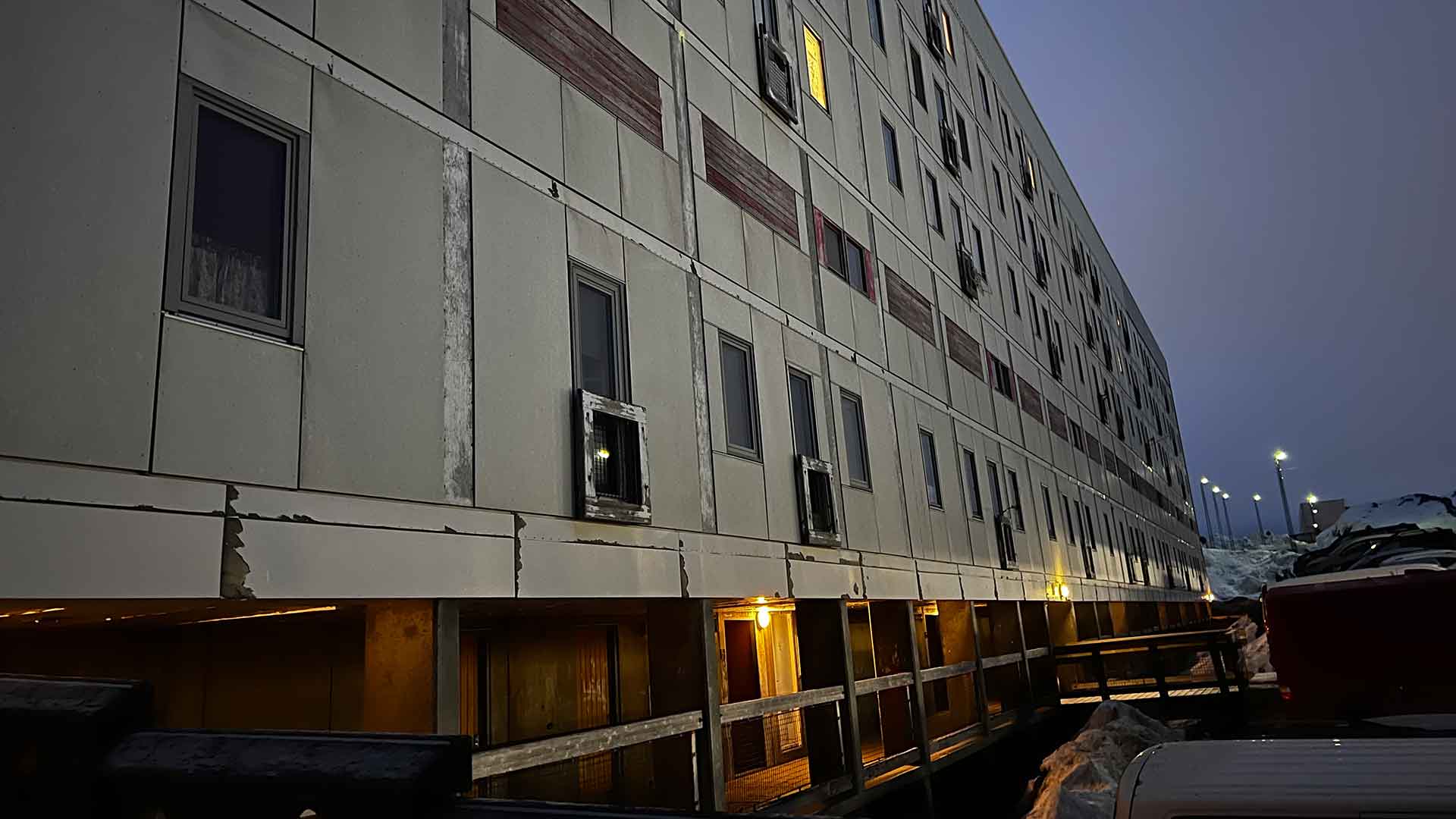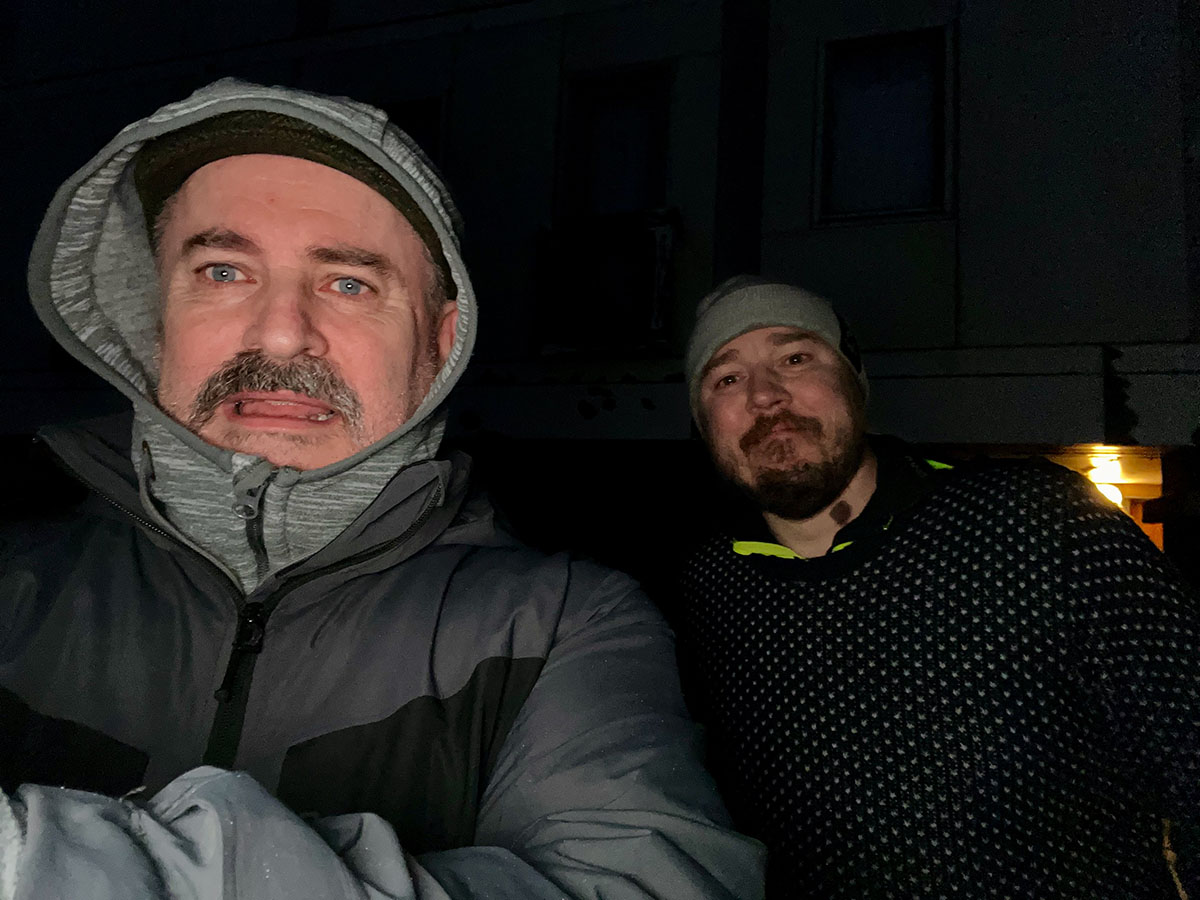Steven Arnfjord is on a mission with his research on homelessness: It should help to improve social policy in Greenland.
By Signe Ravn-Højgaard
It is 4 a.m. and the temperature is well below zero degrees outside the big housing complexes in Radiofjeldet Nuuk. Steven Arnfjord, an associate professor in social work at the University of Greenland, tiptoes up Building 17’s many old, worn staircases. He is wearing shoes that don’t make too much noise to make sure he does not wake up the people sleeping on the staircase landings. Along with the rest of the University of Greenland research team, he is investigating how many people are affected by homelessness in Greenland.
What is homelessness?
Before one can count how many people are affected by homelessness in Greenland, it is necessary to determine what it means to live in homelessness. It might be easy to conclude that people who have nowhere else to sleep but a staircase landing are affected by homelessness. But what about the people who are forced to sleep on couches at their friends or family because they have no other place to go?
“In a small society like ours the researchers have a large responsibility,” Steven Arnfjord
Steven explains: “If we do not know how many people are living in homelessness or how they ended there, it will be difficult to start the right initiatives. Only when we have defined homelessness can we find out how many people are affected by it.”


